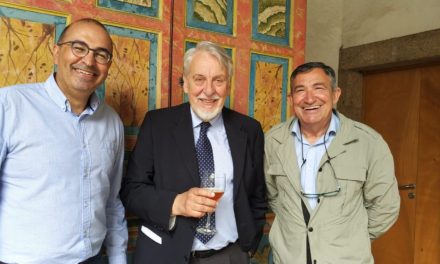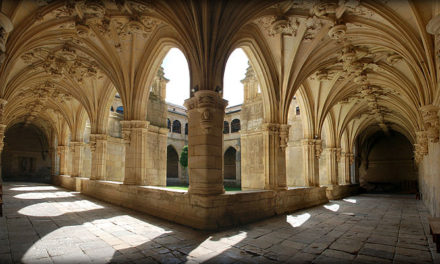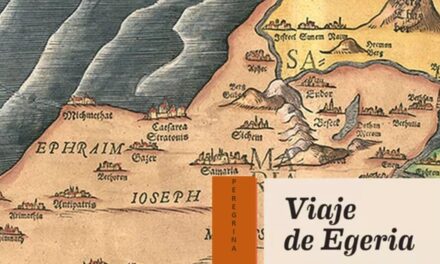Rabanal is one of those “miracles of the Camino” of which all pilgrims speak, one of the greatest miracles of the Camino: a town that today maintains its traditional architecture in good condition and an enormous economic and social vitality, after decades of abandonment, depopulation … The Camino de Santiago did the miracle! And we cannot deny that the Confraternity of St. James of London started it …
Rabanal has great importance in the Camino de Santiago as being the last stopping point before setting off on the next stage from Astorga. It occupies a prominent position in the Codex Calixtino and all current pilgrimage guides. Its traditional inhabitants were “maragato” people, or muleskinners or carriers whose job it was to transport goods or materials.
The origin of Rabanal del Camino is linked to the pilgrimage to Santiago but also to the Knights Templar, probably because some of these soldier- monks settled in the town as an outpost of the Templars in Ponferrada with the task of protecting the pilgrims who were crossing the Montes de León on their way to El Bierzo.
During the seventeenth and eighteenth centuries, the inhabitants of Rabanal became the most important maragato people throughout the region – and, as such, rich and influential. In the nineteenth century Rabanal was head of a municipality on which depended many neighboring towns, with many houses, its school, prison and pilgrims’ hostel. But with technological advances and social changes, the carrier trade ceased to be important and Rabanal was plunged into crisis, from which it was fortunately saved by the Way of St. James.
And here I wish to point out that the leaders in revitalizing Rabanal were the Confraternity of St. James in London. In 1991, when the town was practically abandoned and deserted, some of the members of that organization first founded a hostel for pilgrims, Gaucelmo refuge, and this was the beginning of the eventual resurrection of the town folk and the return to their now busy existence.
In addition to the traditional architecture, which include the facades of some of the typical maragatas houses, Rabanal possesses three churches: the chapel of the Blessed Christ of the True Cross, dating from the eighteenth century; the chapel of San José, also from the eighteenth century, and in the highest spot of Rabanal, the parish church of Our Lady of the Assumption, a Twelfth century Romanesque church, probably of Templar origin.











